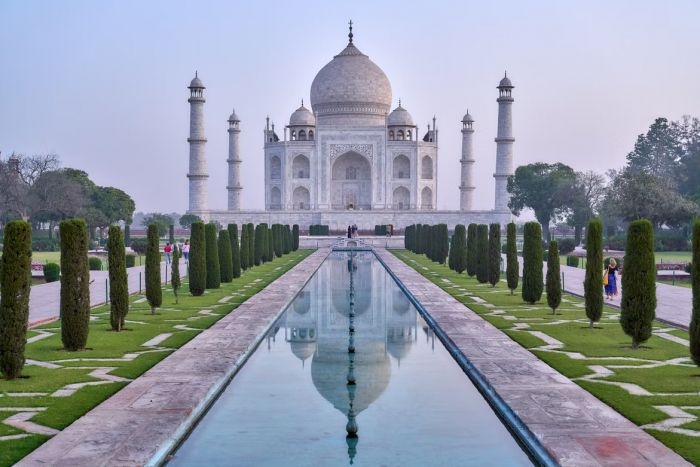Indian cafe in Pune serves hemp-infused food

The Indian cannabis wave is coming, one hemp entrepreneur at a time
India is moving into the hemp space—as a new eatery serving infused food in Pune demonstrates. The establishment serves sandwiches, coffee, and other foods infused with hemp. The 30 year owner of the Hemp Cafe, Amruta Shitole, is actually a serial cannabis entrepreneur, having opened the Ganja Cafe previous to this, and has been successfully selling cannabis infused food products for the last four years.
She is not the only ganjapreneur in the country of course. There have been numerous projects—and products—launched recently. One that caught the recent eye of the foreign and travel press? A new gin produced in Goa called Satiwa which calls itself a “happy high gin” because it is also infused with hemp.
But this is just the tip of the iceberg.
What is the state of cannabis reform in India?
Cannabis has been used in India for thousands of years. It has also traditionally been utilized in many different forms—from resin (called charas) to ganja (flower) and bhang (the seeds and leaves). The use of cannabis is mentioned in texts which date back to 1000 CE.
In 2019, a study conducted by the All India Institutes of Medical Sciences—an autonomous group of government public medical universities under the jurisdiction of the Ministry of Health and Family Welfare—reported that about 7.2% of Indians used cannabis in the last year. In a country of 1.38 billion people this is not incredibly significant when it comes to the percentage of the population who are cannabis users. In real terms, however, this represents as many as 99 million people—or about one third of the total population of the United States.
According to the UNODC, the retail price of cannabis was lower than anywhere else in the world—about $0.10 per gram. New Delhi and Mumbai clocked in as the third and sixth highest cannabis consuming cities in the world in 2018. As of 2022, heroin and high THC cannabis are the two most used “illicit” drugs in the country. Both illegal cultivation networks and seizures are up too, which is why authorities are turning to drones for interdiction, particularly in parts of the country that are remote and hard to access by other means.
The sleeping cannabis giant
While the trade and consumption of all high THC cannabis is still illegal here per the Narcotic Drugs and Psychotropic Substances Act of 1985, there have been increasing calls for its legalization. In the meantime, intriguing projects are afoot across the country. Much like the U.S., individual Indian states have wide leeway to formulate their own laws about the cultivation, warehousing, processing, and interstate transport of the drug.
It is clear that there is huge interest in cannabis—both as a domestic product and as an export. Indian pharmaceutical firm Dr. Reddy’s actually bought a German narcotics distributor in Frankfurt in February of this year.
On the recreational side of the discussion, Mallana Cream, cultivated in a small Himalayan village to which the strain owes its name, is one of the most expensive cannabis strains in the world. Connoisseurs trek here to sample it from around the world.
As legalization comes, expect India’s most famous strain to become a highly sought, legally exported product.
In the meantime, the industry is growing here, particularly on the hemp side of the discussion. The Indian Hemp Expo, the first B2B exhibition of its kind in the country, kicked off in mid-May this year in Delhi. It was heavily attended by a wide range of firms and individuals across the burgeoning industry domestically and internationally.
India vs. China—The new hemp capitals of the world?
How the industry develops here, particularly in relation to its Asian neighbor China, will be interesting to watch. At present, two Chinese provinces account for over two thirds of global hemp fiber production—and cultivation has dramatically increased year over year for the past 7 years.
However, it appears, at least so far, that China will focus more on textiles and biocomposites than edibles. For that reason, India is certainly strategically well-positioned to enter the global hemp industry across a range of products.
Of course, it won’t just end there. It never has.





